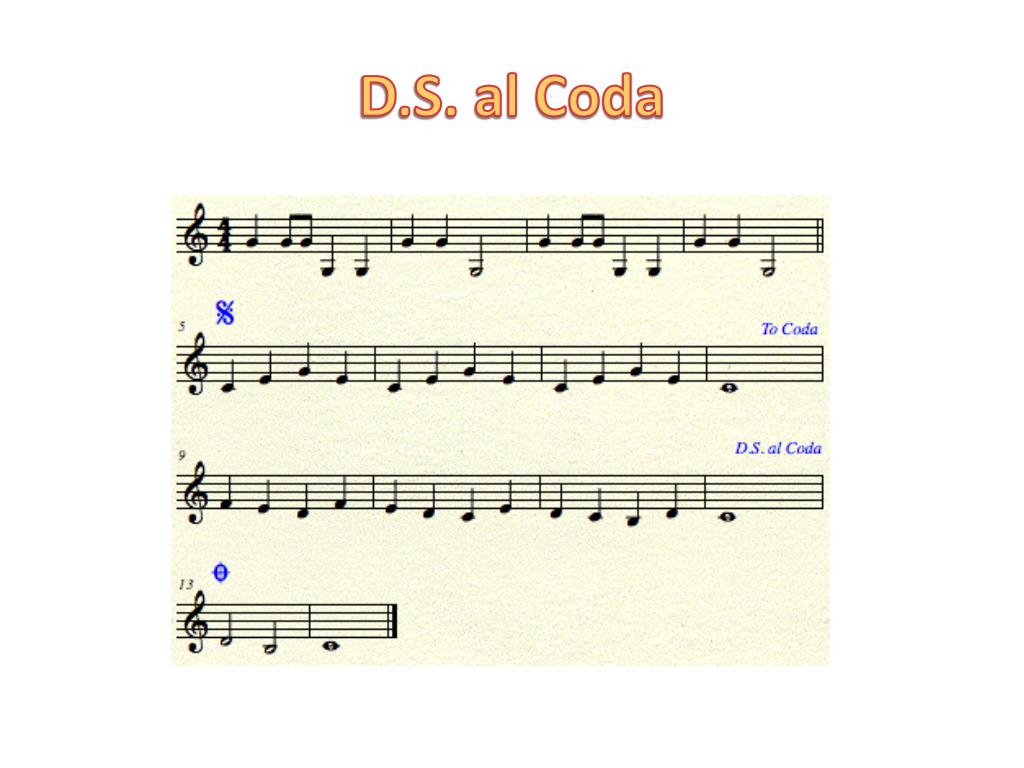
Some codas teach themselves sign language as their first language, and others act as interpreters for their parents or guardians. Children and their spouses who are deaf are referred to as codas. We’re Filipino, and we have a special relationship with the deaf community as codas. It can be used to refer to a person as well as a noun. To say how it is pronounced, the word Coda is pronounced as a word rather than as individual letters (for example, C-O-D-A). A coda may also serve as a brief conclusion to a larger work such as an opera or a symphony.Ī coda is a term used to refer to a deaf child (a deaf adult). It typically includes a return to the main theme, a final statement of the main idea, or a reprise of an important motif. What Is A Coda Music Example?Ī coda is a closing section of a composition that brings the piece to a satisfying and conclusive end. In the case of a song’s final verse, this function can be used to provide a special ending. They are popular in classical music, but they have been heard in some rock and pop songs as well.Īfter reaching that point during the final repetition, the performer is directed to the adjacent section, which includes a coda symbol, according to music notation instruction To Coda. It is always known that a canda is found at the end of a piece of music or at the end of a section. Coda is used in a repeated section to indicate that an exit is required. The term cauda is derived from the Latin word cauda, which means “tail.” A codetta is another name for a small tail, which can be mistaken for a cadence.


In music, a coda is a passage at the end of a piece that is used to close the piece.

The presence of a coda as a structural element in a movement is especially common in works written in particular musical forms. It may be as simple as a few measures, or as complex as an entire section. al Fine): Repeat from beginning to the end, or up to the word Fine (should that appear at the end of the passage)-the word Fine itself signifying the end.In music, a coda () (Italian for “tail”, plural code) is a passage that brings a piece (or a section of a piece) to an end. Da Capo al Fine (often abbreviated as D.C.Its place is occasionally taken by a pause (see fermata)." Variations 'end') is generally placed above the stave at the point where the movement ceases after a 'Da capo' repetition.

In opera, where an aria of this structure is called a da capo aria, the repeated section is often adorned with grace notes. Sometimes, the composer describes the part to be repeated, for example: Menuet da capo. The resulting structure of the piece is generally in ternary form. might occur after one or more repeats of small sections, indicating a return to the very beginning. In small pieces, this might be the same thing as a repeat. The term is a directive to repeat the previous part of music, often used to save space, and thus is an easier way of saying to repeat the music from the beginning. The notes are played as: G A B B C, G A B C, low-Cĭa capo ( English: / d ɑː ˈ k ɑː p oʊ/, also US: / d ə -/, Italian: ) is an Italian musical term that means "from the beginning" (literally, "from the head").


 0 kommentar(er)
0 kommentar(er)
